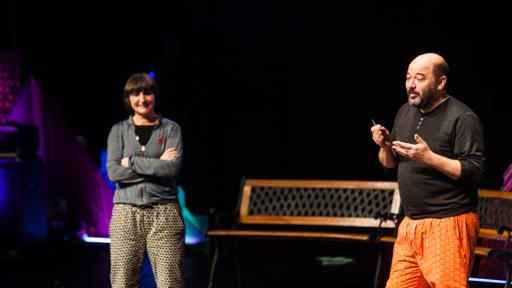In its work, post-discplinary studio El Ultimo Grito questions design to better understand its underlying nature.
“There is a certain moment when you, as designer, begin to look at the wider senses of design, at what design is, and what design means. For us the definition of design became the process by which we materialise ideas," explains Roberto Feo, who founded the London-based studio with his wife and fellow Spaniard, Rosario Hurtado.
“When you consider it in this context, design is absolutely everything. We all know that we are surrounded and mediated by design. The thing is to intellectually engage with it. Design is an approach that goes beyond the simple answer to a brief, to a multitude of possibilities that paint a picture of what the subject is that is being explored.”
In their presentation at Design Indaba Conferene 2014, the pair share several examples of their work that interrogate how we define design and the systems that produce it.
As part of their conceptual project Collapscapes, they explored blurring the line between real design objects and virtual objects in the form of 3D computer renderings of designs that "play at being real". They designed and made various sculptural glassworks – called Chemical Plant, Mine Shaft, Super Collider and Gas Depot – that explore industrial architecture and the collapse of industrial sites as production becomes increasingly mechanised. They filmed the work, deliberately distorting the sense of scale so that the viewer cannot tell whether the glassworks are small objects or large-scale architecture, real or three-dimensional renderings.
Feo also talks about Garden Object, an installation at the Rice University Art Gallery that utilises the duo's trademark system of producing structures using packing materials. The system was born out of their desire to find an alternative way of design production that was not predetermined by a specific use of materials or tools. The structure was made of timber, bubble wrap and packaging tape. First they built an armature of timber in response to the features of a particular space, then wrapped it in bubble wrap and secured it with the tape. To give the structure cohesion as a single object, they applied graphic stickers across its surface to form a fractal skin.
Hurtado concludes that by using the act of design and making as a way to reflect on and question the nature of design, they "are creating many different opportunities for design that are, altogether, able to communicate one idea," instead of the traditional approach that sees designers creating a single object that alone can't sufficiently communicate the complexity of the idea.









